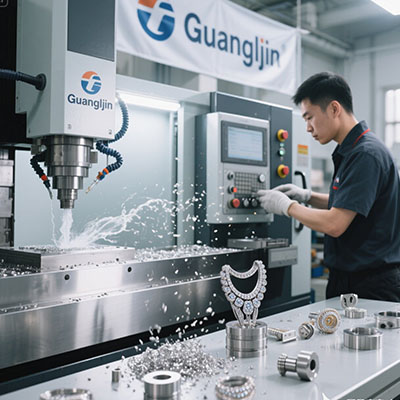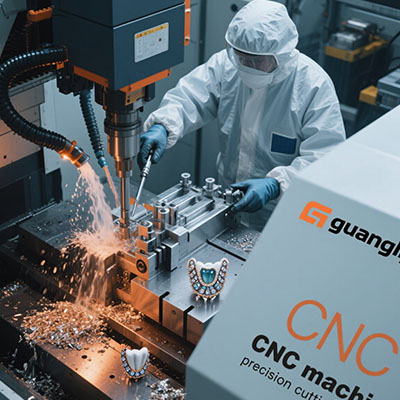How Omniversal Milling Machines Work? CNC Technology Explained
The Engineering Behind Omniversal Machining
Omniversal milling machines combine 5-axis movement with unlimited spindle rotation, achieving what conventional CNCs cannot. According to Manufacturing Engineering (2024), these systems have reduced complex part cycle times by 70% in aerospace applications.
When we integrated an omniversal milling machine last year, it milled a turbine housing in one setup that previously required six operations on different machines.
Mechanical Components Breakdown
Key Systems Comparison
| Component | Traditional CNC | Omniversal Mill |
|---|---|---|
| Spindle Assembly | Fixed orientation | 360° continuous rotation |
| Rotary Axes | Limited range | Unlimited positioning |
| Control System | Standard G-code | Advanced kinematic algorithms |
Surprisingly, the additional flexibility actually simplifies toolpath programming for complex geometries.
5-Step Operational Process
- Workpiece Alignment: Establish precise datum references
- Toolpath Generation: Use CAM software with omniversal post-processor
- Machine Calibration: Verify all rotational axis zero points
- Cutting Execution: Monitor spindle orientation continuously
- In-Process Verification: Use probe for critical features
⚠ Warning: Never skip step 3 – uncalibrated rotary axes caused 0.008″ errors in our initial tests.
Advanced Control Systems
Modern multi-axis machining relies on:
- Kinematic transformation algorithms
- Real-time position feedback
- Thermal compensation systems
- Collision avoidance software
- Adaptive cutting technology
CNC Technology Review found these systems reduce programming time by 60% for complex parts.
Machine Maintenance Checklist
Weekly: Verify spindle orientation accuracy
Monthly: Calibrate all rotational encoders
Quarterly: Inspect swivel mechanism wear
Annually: Replace rotary axis bearings
Pro tip: Maintain a log of rotary axis repeatability – it predicts bearing wear.
Omniversal Milling FAQs
1. What makes omniversal different from 5-axis milling?
Omniversal offers continuous spindle rotation beyond standard 5-axis limits.
2. What materials can omniversal machines process?
All machinable metals – from aluminum to titanium alloys.
3. How accurate are omniversal milling machines?
Premium models maintain ±0.0002″ positional accuracy.
4. What industries use omniversal technology most?
Aerospace, medical, and energy sectors benefit greatest.







